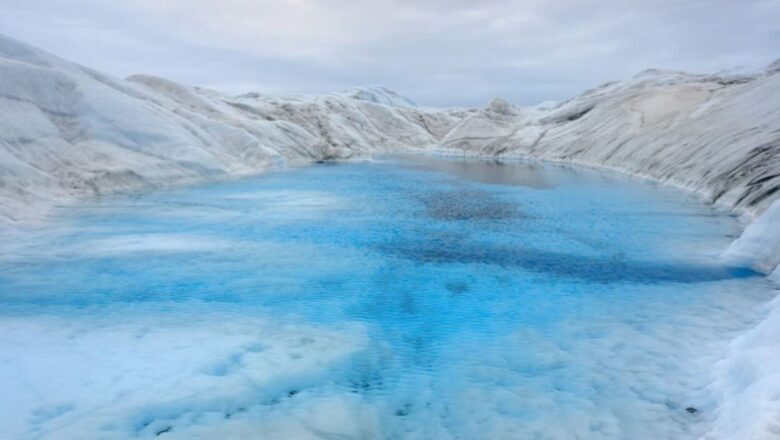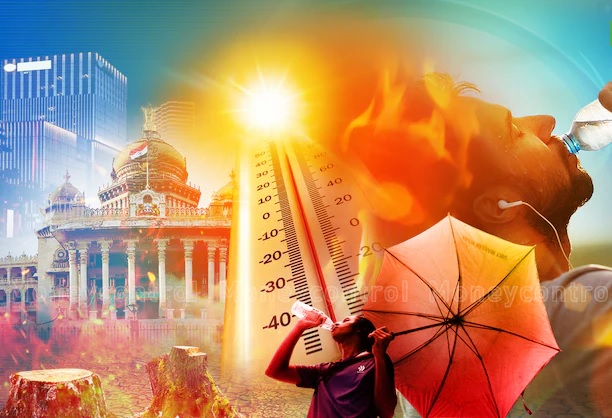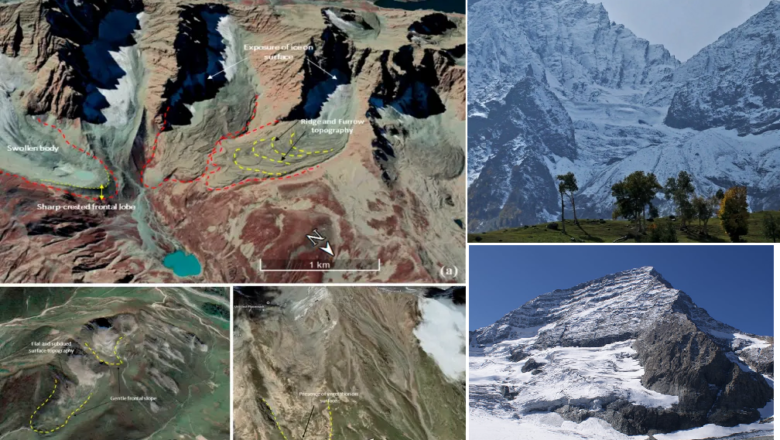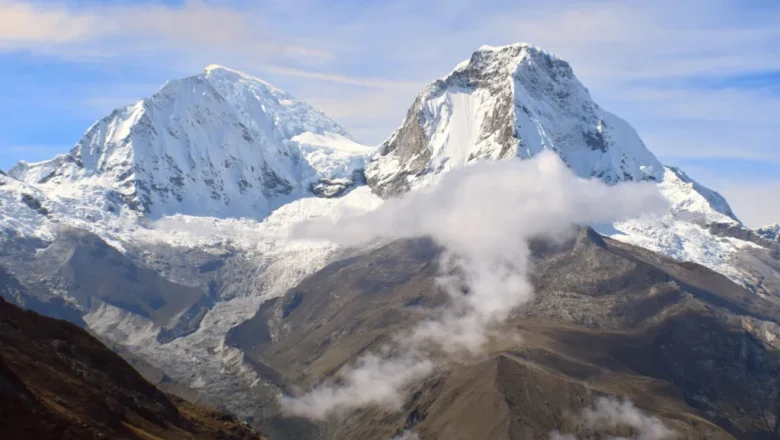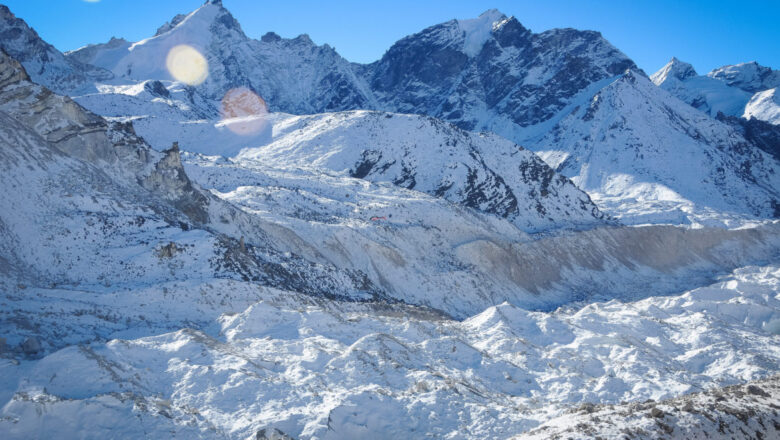
Himalayan Glaciers Melting Rapidly Raising Risks for 2 Billion People
Glaciers in the Hindu Kush Himalayas, a crucial freshwater source for nearly 2 billion people are melting at an alarming rate, heightening the risk of floods, landslides and infrastructure damage across Asia. The region home to the world's largest ice reserves outside the polar areas is experiencing glacial melt 65% faster than in the previous decade with the risk of glacial lake outburst floods (GLOFs) projected to triple by the century’s end.
The impact is already being felt. In August last year, a glacial lake in Nepal's Everest region burst its banks unleashing a destructive flood in Thame village. Homes, farms, a school, and a hydropower plant were damaged, but timely evacuation saved lives. With such disasters set to become more frequent, governments and international organization...




